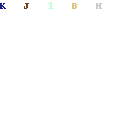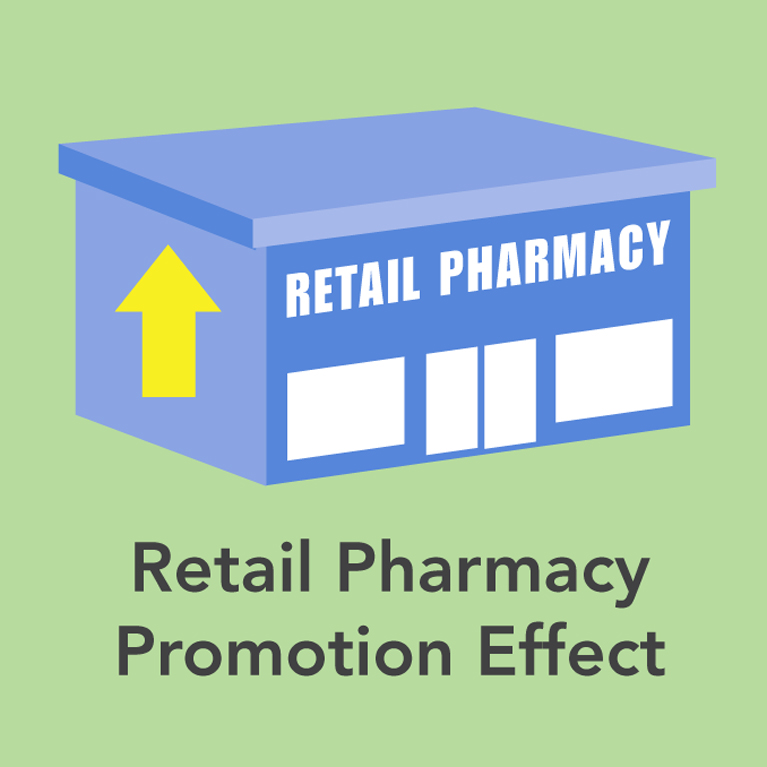With the pervasiveness of Big Data discourse these past couple of years, I thought I’d take the opportunity to address another kind of data and its deployment in the world of pharma marketing in the retail pharmacy. Wikipedia describes big data as the term for a collection of data sets so “large and complex that it becomes difficult to process using on-hand database management tools or traditional data processing applications.” An InfoGraphic on the website of the analytics provider Atomic Tower, Inc. notes that “Big Data is about finding trends in extra-large data sets.” The effective usage of big data within the pharmaceutical sector has far-reaching implications for patient communications, clinical trial strategies, R&D, monitoring drug effectiveness, and beyond.
But even in the face of the big-data movement, it’s nice to know that there are nuggets of smaller data out there as well which are easier to grasp and of great value nonetheless. I’m talking about the data used in the tests that evaluate the impact of marketing programs delivered in the pharmacy.

Smaller data that’s comprehensive and comprehensible!
Any differences in prescription sales in the test panel and the control panel show the marketing effort’s impact.
Through the use of retailer prescription data, matched-panel research can be implemented. This Experimental Design involves the creation of control and test stores which provides an excellent foundation for 1) measuring the effect of the consumer effort on the actual purchase of medications and 2) determining the return on investment. The sales differences between control and test stores can be calculated and extrapolated across the entire group of stores to ascertain the impact on sales. It is a perfect closed loop for quantitatively determining the effects of pharmacy based programs. It may not be BIG data, but it is definitely highly ACTIONABLE data.

